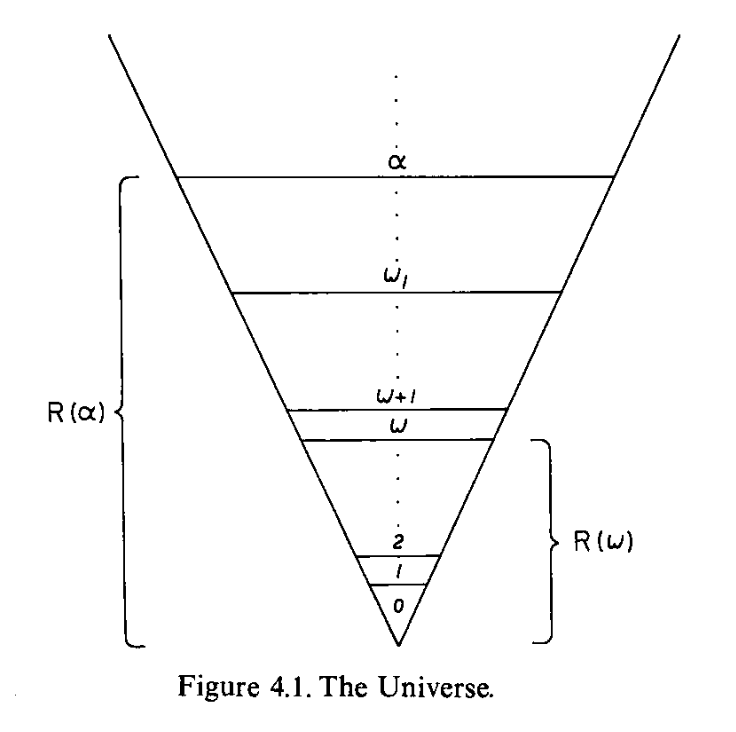this post was submitted on 06 Dec 2024
70 points (96.1% liked)
196
16744 readers
2700 users here now
Be sure to follow the rule before you head out.
Rule: You must post before you leave.
founded 2 years ago
MODERATORS
you are viewing a single comment's thread
view the rest of the comments
view the rest of the comments

Can someone explain this by chance?
~~You know the counting numbers? 1, 2, 3, so on?
There's infinitely many.
But there's fewer of them than the "reals", which are numbers like 1.5, 42.7, and pi (basically all the whole numbers and all the ones in between).
This diagram is showing the "Continuum Hypothesis" which says that there might be some set of numbers that are "in between" the counting numbers and the reals in terms of size. We (humanity) do not yet know for certain if it's true or not.
This is obviously a gross oversimplification that probably gets some important details wrong.~~
This has nothing to do with CH. In the middle cone there are counting numbers (ordinals to be precise), with the numbers omega (the smallest counting number which is bigger than any natural number, like an infinity-th counting number), omega+1 (the counting number after omega, a bit like infinity+1) and omega_1 (the first counting number which has no 1-1 correspondence with omega) marked explicitly. The alpha may be replaced by any infinite counting number.
The R(alpha) at the side are just some examples, how far "the universe" (something properly defined in the book) has to go up to to do reasonable set theory. Those R(alpha) are just the sets (think of them like nice enough collections of objects) which can be constructed in a finite amount of steps from the set containing nothing.
Also, as for the second to last paragraph in your comment, it is known that CH is independent of ZFC, the axioms most commonly used for set theory.
Thank you for the far more detailed (and correct!) explanation.